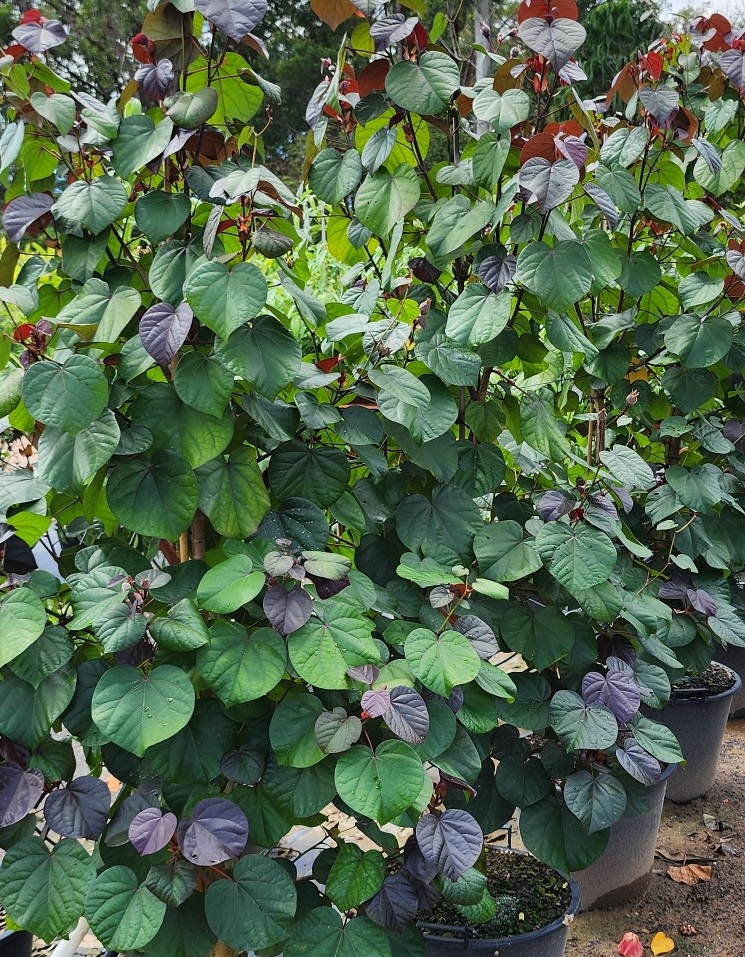This article looks at an additional ten (10) that make up the best 20 screening plants for South East Queensland for both professional landscape projects and domestic gardens. Order is according to the alphabet.
To see Part 1 (the first 10 most popular ‘best’ screening plants) use THIS LINK.
- Banksia (Banksia integrifolia / Banksia oblongifolia / etc) – Australian native large shrubs that work well to create a more ‘bushland’ screen to block out views. These natives are reliably tough when grown in correct soil conditions. Worth considering when looking for an alternative screen plants especially on large properties that are located near natural bushland.
- Chinese Perfume Tree / Mock Lemon (Aglaia odorata) – one of the most popular hedging and screening plants in Singapore and north Queensland. A wonderful alternative to Murraya as the leaves appear very similar. Flowers are small rice-sized ‘balls’ that are highly fragrant. It is believed by many designers and horticulturists that this will be one of the most popular hedging plants in the coming years once stock becomes available.
- Fried Egg Plant (Gordonia axillaris / Polyspora axillaris) – an old-fashioned tree that can be pruned down to a large hedge or screening plant. Related to Camellias, the Gordonia has lovely flowers with white petals and yellow centre (hence ‘fried egg’) and impressive firm large dark green leaves. It is often used as a feature tree but is also used on large acreage as border screening specimens.
- Green Supreme (Radermachera ‘Green Supreme’) – a far superior form of Radermachera that is fastigate in habit – i.e. grows upright and narrow. This is ideal for small gardens when you don’t have space for a tree but need to block out a neighbour. These grow 3-4m high. Foliage is dark green and glossy. Currently limited stock on the market but this will become more popular in years to come.
- New Zealand Christmas Bush (Metrosideros excelsa / Metrosideros thomasii) – Excellent screening plants provided you do not live in a high humidity zone. These plants appreciate full sun, excellent air movement and well drained soils. The silvery furry leaves are a visual delight during dry periods but can appear black during humid wet periods due to sooty mould. Care is needed to select these for the right conditions.
- Palms – clumping palms do a very effective job at screening and are a preferred option for some landscape designs. Clumping palms worth considering are: Blue Cane (Dypsis cabadae/ Dypsis pembana), Clumping Betel (Areca triandra), Golden Cane (Chrysalidocarpus lutescens), Macarthur Palm (Ptychosperma macarthurii), etc.
- Polyscias/Falsa Aralia (Polyscias fruticosa / Polyscias filicifolia / Polyscias guilfoylei) – these are a favourite for tropical-style garden designers. These plants fit into tight corners and narrow garden beds where they grow straight up like a cordyline. Tip prune them to create a bushier specimen for best screening results. Rarely affected by pests. Typically, 2-3m height range for best screening habit.
- Red Native Cottonwood (Hibiscus tiliaceus ‘Rubra’) – often associated with the plain green cottonwood tree seen along coastal districts, this red-leaved cultivar is well adapted to hedging and screening for small, medium or large properties. Flowers open yellow then fade to burnt orange once they fall.
- Song of India / Song of Jamaica (Dracaena reflexa / Pleomele reflexa) – these two cultivars represent two of the toughest plants on this list. They do not require special care or soil and can adapt to almost any growing condition. Song of India leaves are vibrant yellow along edge and green in middle, while Song of Jamaica leaves are dark green along the edge and pale green in middle.
- Sweeper (Waterhousea floribunda ‘Sweeper’ / Syzygium floribundum ‘Sweeper’) – an improved cultivar with rippled leaves and what appears to be weepier and denser in habit. It is a large tree and is ideal for large properties that need screening along the boundaries. Can be pruned into a large screen or hedge.
To see Part 1 (the first 10 most popular ‘best’ screening plants) use THIS LINK.
Here at Plant Connections, we can supply these for your landscape projects. Some we grow here and others we can get in for you, depending on availability. Contact us if you are seeking these plants for your landscape project.

